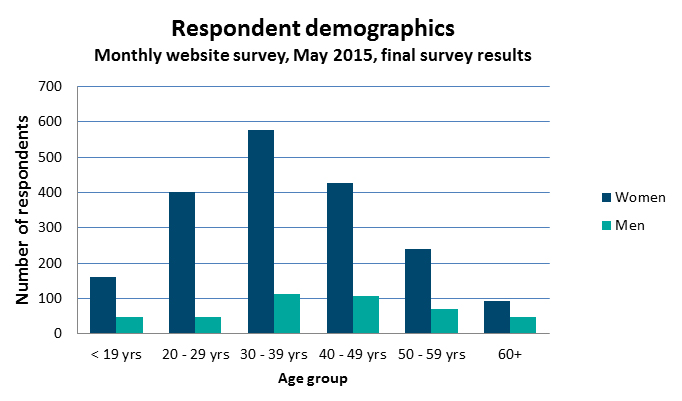In recent years there have been consistent and alarming increases in the reported levels of child neglect and abuse in Australia. As a result, child abuse and neglect has become an issue of national concern. Statutory child protection systems are struggling under the workload and it is widely recognised that new approaches are needed.
Introduction
In recent years there have been consistent and alarming increases in the reported levels of child neglect and abuse in Australia. As a result, child abuse and neglect has become an issue of national concern. Statutory child protection systems are struggling under the workload and it is widely recognised that new approaches are needed.
In 2009, the Council of Australian Governments endorsed a ten-year National Framework for Protecting Australia’s Children. The National Framework acknowledges that everyone – parents, extended families, communities, governments and business – has a role to play in protecting Australia’s children. The Second Action Plan developed under the National Framework identified a number of new priorities for protecting children, one of which was to encourage greater engagement by communities and businesses. This includes supporting the community to better tackle, issues critical to the safety and wellbeing of Australia’s children such as domestic and family violence and sexual abuse.
Individual or organisational values and beliefs are critical to successful engagement. In seeking to ascertain the beliefs and values of visitors to our website, Relationships Australia’s May online survey asked respondents to tell us who they thought was responsible for child safety – parents, extended family, the local community, State or Australian government, or society. The survey questions were drawn from the study of Macarthur et al. (2011) that sought to better understand the beliefs and values of statutory child protection workers who work at the heart of the child protection system.
Previous research finds that…
- During 2012-13, there were 184,216 Australian children suspected of being harmed or at risk of harm from abuse and/or neglect. This resulted in 272,980 notifications being issued by state and territory authorities (a rate of 35.5 notifications per 1,000 Australian children).
- Between 2011-12 and 2012-13 the total number of notifications increased by almost 8 per cent from the 252,962 reports made in the previous year[1].
- Most allegations of harm/risk of harm relate to physical abuse (20%) or sexual abuse (13%). However, the harm types most commonly substantiated were emotional abuse and child neglect.
- In a survey of child protection workers, 57 per cent and 42 per cent, respectively, of workers reported they thought parents had total or a great deal of responsibility for the safety of children. Eight per cent and 65 per cent, respectively, of child protection workers thought the government had total or a great deal of responsibility for the safety of children.
[1] While these numbers may reflect an actual change in the magnitude of child maltreatment in Australia, it is also possible that the numbers of notifications may reflect changes in legislation, public awareness, and/or child protection process enquiries.
Survey Results Analysis
More than 2,440 people responded to the Relationships Australia online survey in May, with more than eighty per cent of survey respondents (81%) identifying as female.
As was the case for last month’s survey, more females than males responded in every age group (see figure below). Eighty-five per cent of survey respondents were aged between 20‑59 years, with one‑quarter of responses contributed by women aged between 30-39 years (inclusive).
The demographic profile of survey respondents remains consistent with our experience of the groups of people that would be accessing the Relationships Australia website.

There were small but significant differences between the responses of men and women. Women were more likely to attribute higher levels of responsibility (a great deal or total responsibility) for the safety of children to extended family, the local community, State and Territory governments, the Australian Government or society than men (see figure below). The reports of men and women were similar when asked whether they considered the safety of children to be the responsibility of parents.
Visitors to our website who participated in the online monthly survey reported that they thought total responsibility (55%) or a great deal of responsibility (43%) for child safety rested with parents. Only ten per cent of respondents reported that they thought total responsibility for child safety rested with extended family, while more than half of respondents (56%) considered that a great deal of responsibility for child safety rested with extended family. Between 7 and 10 per cent of survey respondents thought that total responsibility for the safety of children lay with the community, government or society, while between 39 and 45 per cent reported that they considered a great deal of responsibility for the safety of children lay with the local community, government or society.
The survey responses of Relationships Australia website visitors are consistent with the reports of child protection workers in the study of Macarthur et al. (2011). Similar to child protection workers, Relationships Australia online survey participants recognise parents as most responsible for the safety of children, but family, the broader community and governments also have a great deal of responsibility in keeping children safe.

References
National Framework for Protecting Australia’s Children 2009–2020, available at https://www.dss.gov.au/our-responsibilities/families-and-children/publications-articles/protecting-children-is-everyones-business
Second three-year action plan, 2012-2015, Protecting Children is Everyone’s Business, National Framework for Protecting Australia’s Children 2009–2020, available at https://www.dss.gov.au/our-responsibilities/families-and-children/publications-articles/protecting-children-is-everyones-business-national-framework-for-protecting-australias-children-2009-2020-second-action-plan-2012-2015
McArthur, M., Braithwaite, V., Winkworth, G., Wilson, F., Conroy, S., Thomson, B., Ivec, M., Harris, N. & Reinhart, M. (2011) How Relevant is the Role of Values in Child Protection Practice? A National Survey of Statutory Child Protection Staff 2009 Preliminary Findings August 2011, RegNet Occasional Paper No. 17, Australian National University, Canberra